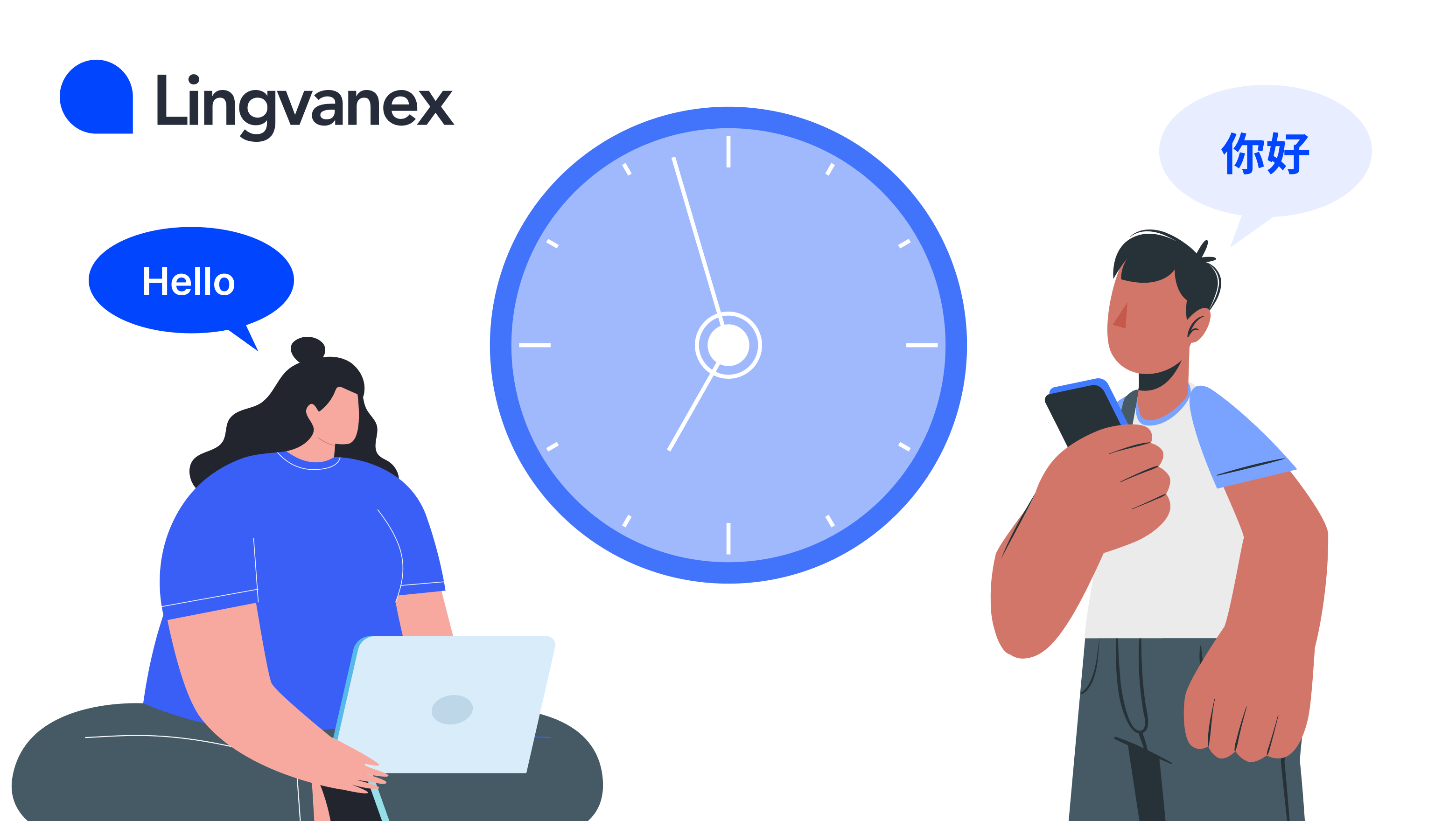Businesses are continually seeking ways to enhance customer experiences while minimizing costs. One of the significant innovations in this area is the integration of voice synthesis technology in call centers. While chatbots have surged in popularity for automating customer service inquiries, many customers still prefer speaking to a real person. Real voices foster trust, which is crucial in building strong customer relationships. As call center technology evolves, the introduction of AI-powered voices promises to streamline customer service, reduce costs, and create more seamless and personalized interactions.

What is Text to Speech?
Text to Speech (TTS) is a technology that converts written text into spoken words. This process is powered by advanced algorithms and artificial intelligence, enabling machines to simulate human-like speech. TTS systems analyze the structure of the text and generate audio in real-time. Over the years, TTS technology has advanced significantly, producing voices that sound increasingly natural, making them more relatable and engaging for users. Unlike static recorded messages, TTS allows dynamic generation of voice responses based on the incoming text, which is especially valuable for customer service applications in call centers.
Voice Synthesis vs. Robotic Voices
The transition from traditional robotic voices to advanced voice synthesis marks a pivotal change in customer service strategies for call centers. Early robotic voices, while innovative in automating simple tasks, often frustrated users due to their rigid, mechanical tones. These voices lacked emotional resonance, making interactions feel impersonal and disengaging for customers seeking meaningful support.
Modern voice synthesis, powered by advanced AI algorithms, has redefined the standard for automated voice interactions. Unlike their robotic predecessors, AI-generated voices capture the subtleties of human speech—such as tone, intonation, and cadence—creating conversations that sound fluid, empathetic, and human-like. This evolution enables businesses to provide a more authentic and engaging customer experience, fostering trust and improving satisfaction.
The importance of speech style in customer service cannot be overstated. A conversational and empathetic tone builds a sense of connection, making customers feel heard and understood. Studies highlight that "sounding human" significantly boosts customer satisfaction by evoking comfort and familiarity. Unlike static robotic voices, synthesized voices can adapt to different customer situations, delivering personalized and responsive service.
By leveraging voice synthesis, businesses align with modern customer expectations for empathy, efficiency, and engagement. This approach not only enhances service quality but also strengthens brand perception and loyalty, demonstrating that even in automation, the human touch still matters.
Why Customers Prefer Phone Support
Despite the rise of digital channels like email, live chat, and social media, customers still overwhelmingly prefer to resolve urgent or complex issues over the phone.According to a study by Accenture, 58% of customers choose phone support for a more personalized experience, where they can clearly explain their situation and receive immediate responses.
Phone interactions allow for a comprehensive exchange of information. The ability to ask follow-up questions and provide further details makes conversations smoother and more productive. Moreover,According to a study by Accenture, 58% of customers choose phone support for a more personalized experience, where they can clearly explain their situation and receive immediate responses. This reliance on AI technology underscores its importance in modern customer service strategies.
Benefits of AI Voices for Call Centers
AI voices offer numerous advantages to call centers, improving both operational efficiency and customer satisfaction:
- Cost Efficiency. AI voices can automate routine inquiries, reducing the need for human operators to handle every call. This not only saves time but also helps businesses scale their support systems without the need to hire more staff.
- Enhanced Customer Experience. AI voices can provide more human-like interactions. They can convey emotions, adjust tone based on the situation, and even maintain consistency across various customer touchpoints, ensuring a smooth, seamless experience.
- Faster Response Times. With AI voices handling basic tasks and frequently asked questions, call center agents can focus on more complex issues, resulting in faster service and reduced waiting times for customers.
- Personalization. By integrating AI with customer data, voice synthesis technology can tailor responses to individual preferences, creating a more personalized and engaging experience.
- Multilingual Support. AI voices can speak multiple languages and adjust accents, making it easier for businesses to serve global customers without needing multilingual staff.
How Voice Synthesis Changes Call Center Efficiency
The rapid evolution of voice synthesis technology has revolutionized call center operations, offering a powerful solution to long-standing challenges such as high call volumes, extended wait times, and the need for consistent service delivery. By integrating AI-driven voice synthesis, businesses can achieve greater operational efficiency while maintaining superior customer experiences. Additionally, the use of custom AI agents has been shown to enhance FCR (First Call Resolution) rates. Resolving issues during the initial interaction reduces the need for follow-up calls, contributing to shorter wait times for other customers. The integration of voice synthesis into call center operations significantly enhances efficiency in several ways:
- Automated Call Handling. AI-generated voices can answer incoming calls, navigate interactive voice response (IVR) systems, and resolve frequently asked questions without the need for human intervention. This automation allows human agents to dedicate more time to handling complex customer issues that require personal attention.
- Reduced Operational Costs. The automation of routine interactions reduces the need for extensive staffing. AI-powered voices operate 24/7 without breaks, minimizing the necessity for overtime, shift work, or additional hires during peak periods.
- Improved Accuracy and Consistency. Unlike human agents, who may experience fluctuations in performance due to fatigue, stress, or workload, AI voices deliver precise and consistent information on every call, ensuring a reliable customer experience.
- Scalability. AI voice solutions allow call centers to handle increased call volumes effortlessly, accommodating customer demand spikes without the need for additional physical resources.
- Enhanced Multilingual Support. Modern voice synthesis systems can seamlessly switch between languages and accents, providing effective communication for global customers while eliminating language barriers.
- Personalization Capabilities. By integrating voice synthesis with customer data, businesses can create tailored experiences that address specific needs and preferences, making each interaction feel more personalized.
- 24/7 Availability. Unlike human agents, AI voices never tire or require breaks, offering continuous support and ensuring customers receive assistance at any time of day. AI-driven voice analytics enable call centers to analyze vast amounts of conversational data. For instance, a small call center handling 200 calls per day could generate over 34 million words monthly, making manual review impractical. AI efficiently analyzes this data, providing insights that enhance operational performance and customer experience.
Voice Synthesis for Call Centers with Lingvanex
Lingvanex offers an advanced voice synthesis solution specifically tailored for call centers. Its AI-driven platform provides a natural-sounding, human-like voice that is ideal for customer interactions. Whether you need to handle large volumes of calls, reduce wait times, or provide multilingual support, Lingvanex offers a solution that can be seamlessly integrated into your call center infrastructure.
Lingvanex utilizes sophisticated voice synthesis technologies that offer high-quality, contextually accurate speech output. This includes the ability to modulate voice tone, emotion, and accent, creating a more personalized experience for every customer. Furthermore, Lingvanex can handle real-time translations, enabling your call center to effectively communicate with customers around the world, breaking down language barriers.
By leveraging Lingvanex, businesses can ensure that their call centers not only function efficiently but also deliver a superior, customer-first experience that builds loyalty and trust.
Conclusion
The integration of AI-powered voices and voice synthesis technology into call centers marks a significant shift in how businesses interact with customers. These technologies enable more efficient, cost-effective, and personalized customer service, helping companies keep up with the growing demand for faster and more reliable support. Voice synthesis not only improves the customer experience but also boosts brand recognition by providing a consistent voice across all communication channels. As the technology continues to evolve, AI voices will play an even more prominent role in shaping the future of customer support.



